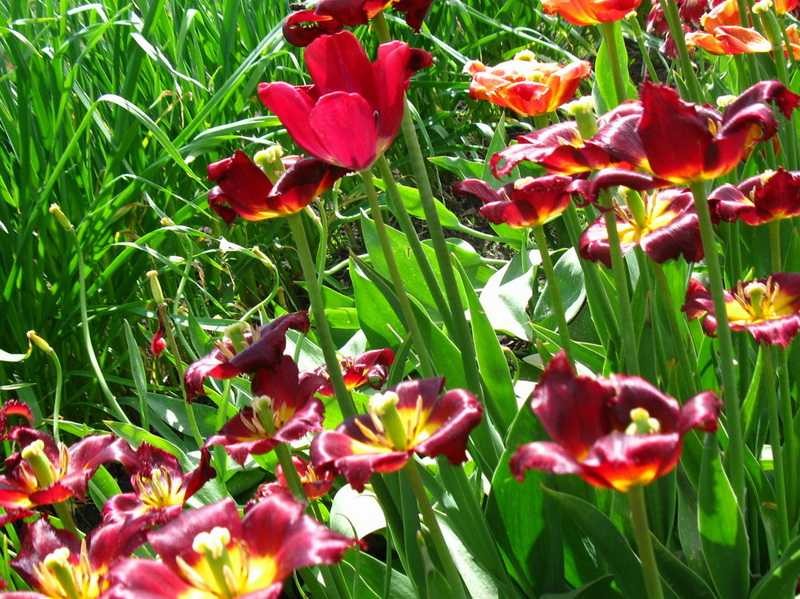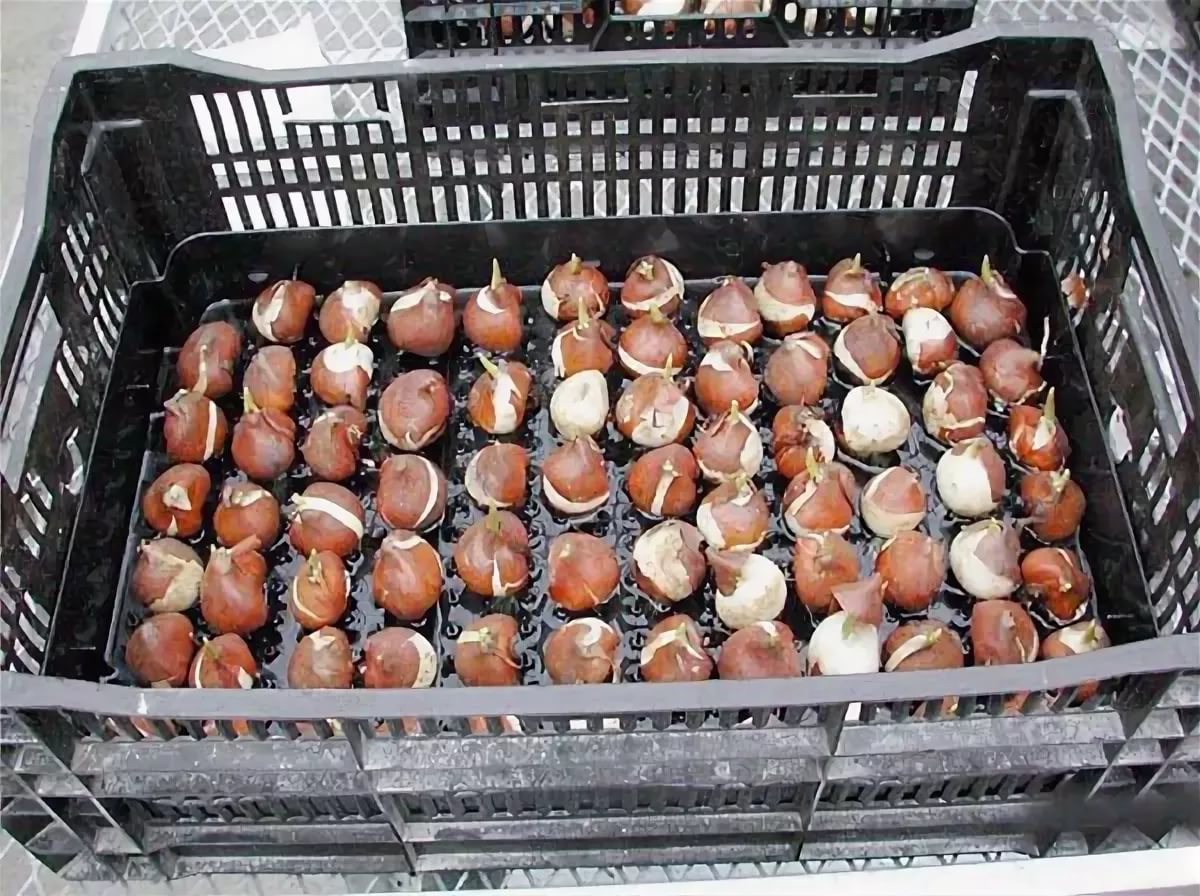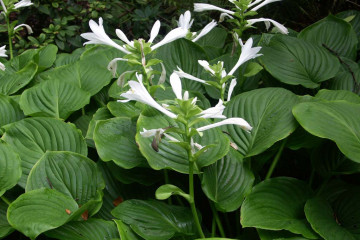When to replant tulips
Content:
In spring, bulbous crops provide the first splash of color in the garden with their vibrant coloration. What to do next if tulips and daffodils have faded? What actions do gardeners need to take to make them bloom next year? With proper care, tulip bulbs can sprout and bloom many times over several years.
When to replant tulips after flowering
In temperate climates, tulips usually winter easily in the garden. Sometimes gardeners cover them with spruce branches to protect them from the cold temperatures in winter. A common procedure is to transplant the plant every year to keep it healthy.
What to do right after flowering
After the tulips have withered, only the dried flowers need to be cut if they have not been previously cut for placement in vases. The stems and leaves are not cut until they turn yellow.
So the bulb can gain strength for flowering next year, and premature pruning stops its development. It is from the leaf that the onion receives a supply of nutrients for survival in the dormant phase and preparation for the new growing season.
When is it better to replant tulips
The timing of when tulips are transplanted after flowering is determined by the climatic zone of flower growth, as well as the plant variety. Varieties can be early, the time of the onset of flowering is the end of April, then the bulbs are ready for transplantation by the end of spring.
On average, it takes 1-1.5 months from the beginning of flowering to readiness for transplanting.
When to dig tulips for transplant
To determine when it is time to dig up tulips for transplanting to another place, you need to remove one of the bulbs and examine one month after the end of the active plant cycle. The main signs indicating the readiness of the onion for digging are:
- old roots have dried up, but young ones are not formed;
- partial acquisition by the bulb of a characteristic brownish color.
Gardeners believe that when, near the aerial part of the plant, the not yet dried ends of the stem and leaves lose their elasticity and freely twine around the finger, then the time has come for digging.
Tulips are transplanted not only to ensure the next flowering cycle, but also to perform other flower care tasks. If you do not follow this procedure, the following may occur:
- Lack of flowering;
- Deformation of plant stems and flowers;
- Too dense growth and, as a result, shredding of buds and discoloration of flowers;
- Tulip bulbs that stay in one place for a long time acquire various diseases, when they are excavated, weak and rotten specimens are discarded;
- Transplanted plants are much less likely to be attacked by parasites.
A dry sunny day is chosen for digging so that the bulb is easy to peel.
When to plant outdoors in autumn
Ideally, the peeled and sorted bulbs are stored in the country in a cool (optimal temperature - 18-20 ° C) and dry place during the summer. They can be planted again starting in September. Growers should analyze temperature conditions before planting. A guideline for when to plant tulips in open ground in the fall is a 10-degree indicator. If the temperature is higher, then the bulb will quickly take root, and germination will begin, if lower, then, on the contrary, it will not take root well. In both cases, you should not expect good spring flowering, even the death of the plant is possible.
Autumn transplanting tulip bulbs has an advantage over spring transplantation. Then you don't have to think about why the transplanted tulips do not bloom. Usually, in the spring, transplanted plants bloom only the next year.
Fertilizing tulips after flowering
Correct feeding of tulips is characterized by the application of different fertilizers at different stages of the plant's life. After the active period is over, it is important to help the bulbs replenish their vitality. Preparations containing nitrogen and chlorine are not suitable. Bulbs need phosphorus and potassium to better prepare for the next flowering.
You can use ready-made complexes for bulbous plants. A good fertilizer is Superphosphate, which is diluted in water and delivered to the plant when watered. How to use:
- 100 g of a powdery substance is diluted in 1.5 liters of water;
- the resulting concentrate is diluted with water at the rate of: 75 ml of concentrate per 5 liters of water;
- you need to feed once or twice before digging out the tulips.
Wood ash, from which the infusion is prepared, will serve as an excellent potash fertilizer:
- about half of a liter can of ash is poured with 5 liters of water and left for 10 hours;
- the strained infusion is mixed with the prepared phosphoric preparation in a ratio of 1: 5.
In the fall, when preparing the soil for planting tulips, leaf compost and potash salt can be added there.
Planting and caring for tulips in the Urals
The Ural climate is continental, characterized by rather cold winters and moderately warm summers. Therefore, the cultivation of tulips has its own characteristics, expressed mainly in the timing of the care measures.
When to cut faded tulips
Withering flowers are cut a few days after the bud is fully open, so the bulb can replenish its supply of nutrients faster and more efficiently. You can only remove the flower itself, leaving the peduncle in place.
For the Urals, this moment comes in June. As with normal tulip care, the plant continues to water until the leaves turn yellow and it is time to dig up the bulbs.
How to plant tulips and when
When to replant tulips depends on the time of their flowering. In the Urals, usually in July, the bulbs are ready, you can dig them out. If the flowers grow too often, then when planting again, they need to be planted away from each other.
At the end of September, in the Urals, the ground cools down enough, so tulips are planted in the ground. Stages of landing:
- Process the bulbs with a 5% potassium permanganate solution;
- Sick, damaged bulbs are discarded;
- Babies (small onions) are planted first, as they need more time to root. It should be noted that larger tulips will grow from large onions, so they are planted in the central part of the garden, small ones - at the edges. Thus, powerful plants will not interfere with the weaker ones from getting enough sunlight;
- The bulbs are placed in pits, with a sharp tip up, to a depth of 10-15 cm. The composition of the soil also affects the planting depth. In heavy clay soils, tulips should be planted at a depth of less than 10 cm;
- The bulbs should be planted so that the distance between them is at least 10 cm so that the plant and flower can develop correctly;
- A good way to protect your bulbs from rodents is to plant them in baskets.
- Cover the holes with earth and cover the garden with spruce branches, dry grass or leaves to save from frost. Once the snow has melted, the cover can be removed.
Tulip bulbs are sensitive to excessive moisture and are prone to rotting. Therefore, it is recommended to plant them in places where moisture does not collect. Better if it is a small hill.
In the Urals, planting tulips in spring is a big risk, the land warms up too late for successful germination. To shorten this time, gardeners plant the bulbs in special containers, only then in open ground. This can help.
How to save tulips before planting
After digging up, the main task is to preserve the bulbs. If they were dug out of damp earth, then first they must be rinsed in lukewarm water, then dried, for example, in nets suspended in a dry place.
After drying, the bulbs are stored in a dark, cool and dry place, such as in a paper bag or basket. A cardboard box is also suitable, in which they are stacked in layers, each separated by newsprint. Experienced gardeners always label such boxes so as not to confuse them with planting material of other plants later.
When to plant tulips in Siberia
Siberia is a problematic region for the cultivation of any cultivated plants, including tulips. Long winters, sudden frosts that come even in May, can nullify all efforts.
However, gardeners have learned to get an abundant and bright flowering of tulips in such conditions. It is necessary to follow the rules of care adapted to the harsh Siberian climate.
How to plant tulips in autumn
When planting tulips in autumn, when and how to plant them is determined by climatic conditions. They are still different in Siberia, despite the general similarity - there are areas with much stronger and longer frosts and relatively warm southern regions.
Planting time in more severe areas may already come at the end of August, in most places it is the second or third week of September. As a rule, flower growers are guided by the arrival of morning frosts. If they have begun, and the temperature drops in the morning to a slight minus, it's time to plant tulips.
Basic rules for planting tulips in Siberia:
- If there are frequent winds in this region, then you need to take care of plant protection and choose a place for planting them that would not be blown through. It can be protected by a fence or a building wall;
- Very low temperatures of winter air and freezing of the soil determine the depth of the bulbs in the ground. It should be larger than in temperate climates. Even if the soil is clayey and the bulbs are small, they are placed at a depth of 15 cm.In loose soil, tulips are planted even deeper - up to 20 cm;
- After planting, the beds are covered with straw, leaves or spruce branches, when snow falls, they are additionally covered with snow.
This will help the bulbs to overwinter safely.
How to plant tulips after flowering
The flowering of these plants in Siberia ends on average by the end of June. To determine when to replant tulips after flowering, they are guided by observations of faded plants. Yellowing and drying of the leaves are also a signal for digging up.
After collecting, cleaning and drying the bulbs, they are discarded and stored.
Transplanting tulips in autumn
The soil in Siberia is mostly heavy. This should be taken into account before replanting tulips here. The day before, it is necessary to dig it up, frequent loosening is also necessary. When digging, the whole shovel is immersed in the ground.
Heavy soils with high acidity can be improved for growing tulips by adding organic fertilizers or leaf compost, wood ash, river sand as needed.
Planting stages:
- One way to plant is by creating parallel furrows and placing the bulbs there. The distance between them is about 15 cm. Sand should be poured at the bottom;
- The bulbs are laid at a distance of 10 cm. The smaller, the closer to each other;
- Sprinkle a 5-cm layer of leaf compost on top, then add soil. There is no need to compact, just align with a rake;
- Shelter is made a little later, with a further decrease in temperature.
Tulips are one of the most popular early flowering plants with their many varieties and vibrant colors. They are relatively easy to care for, they are not overly susceptible to disease and, with proper care, tolerate cold winters well. However, it is important to protect them from excess moisture that promotes decay.
























